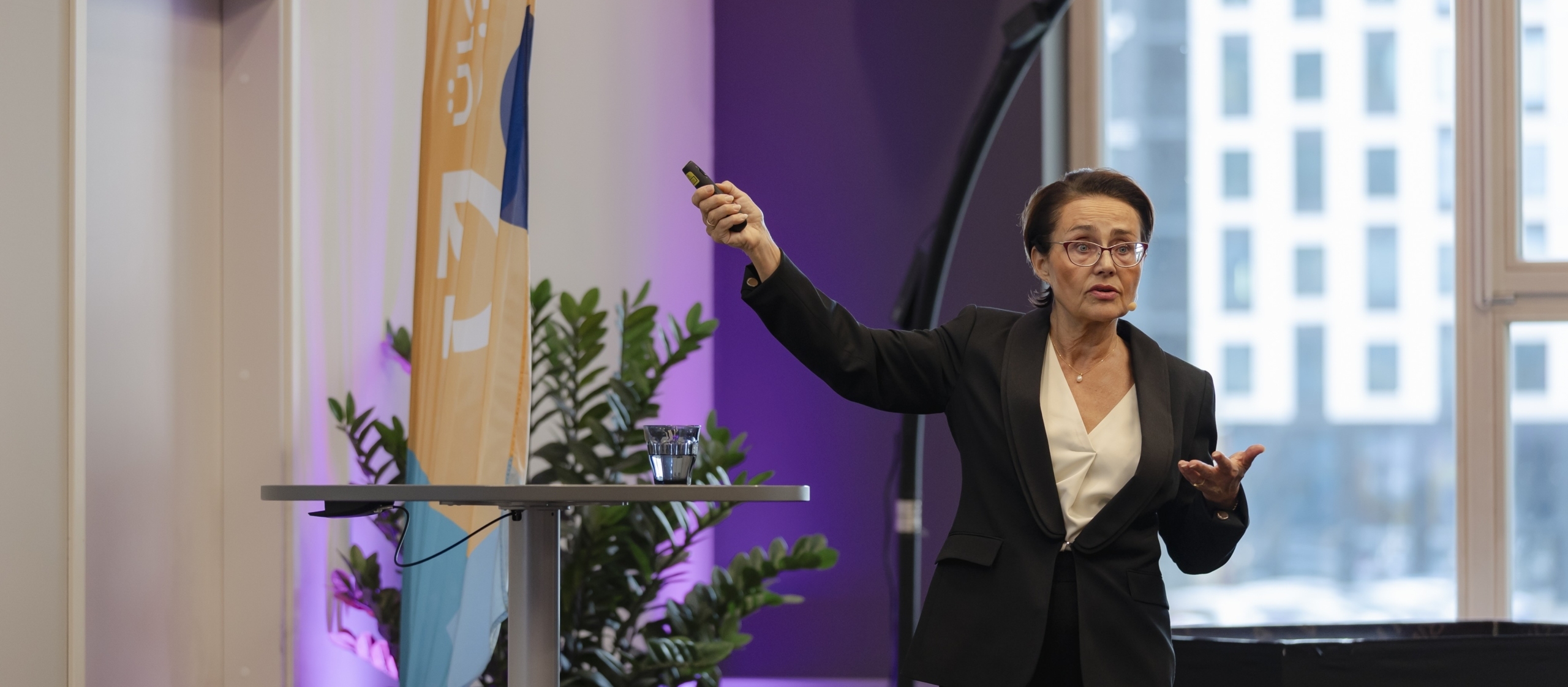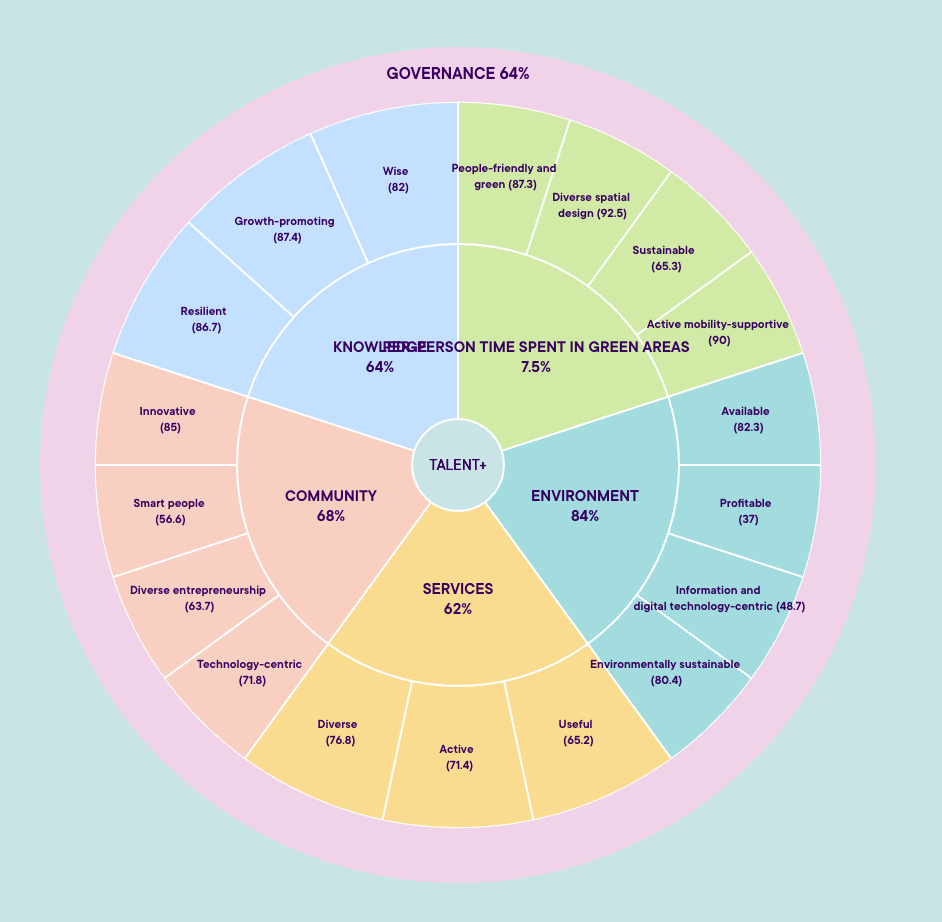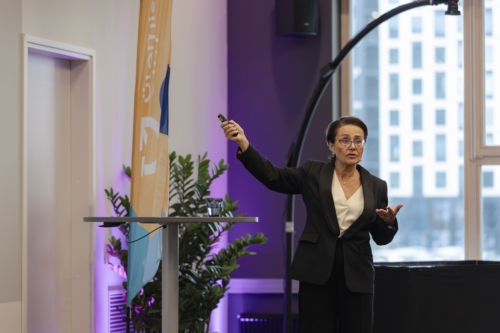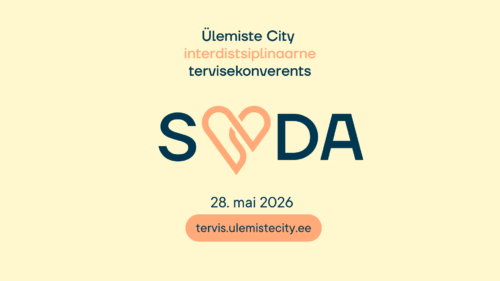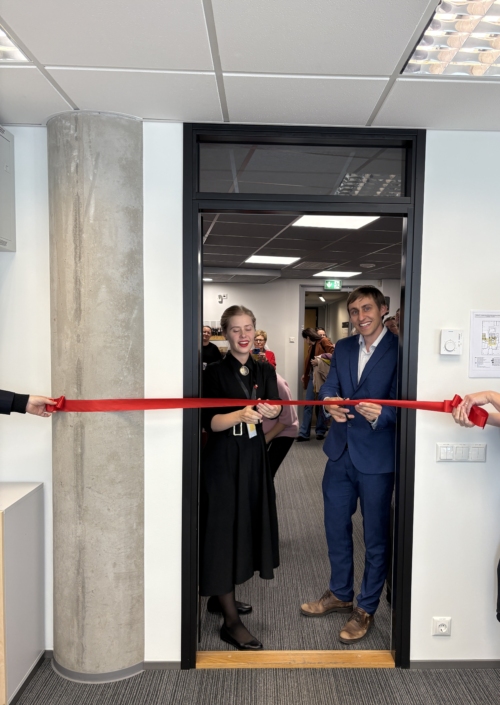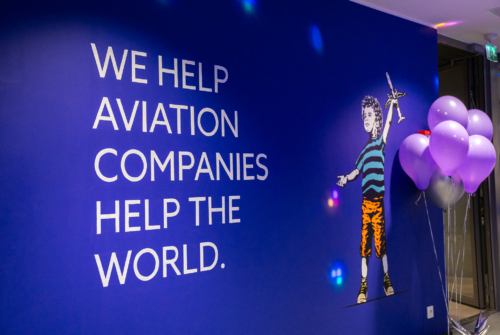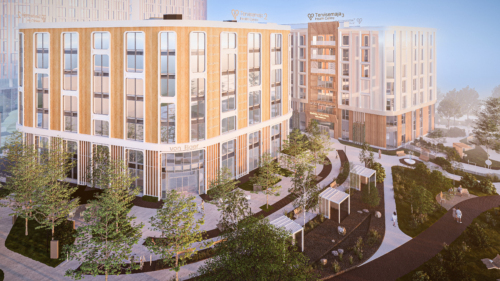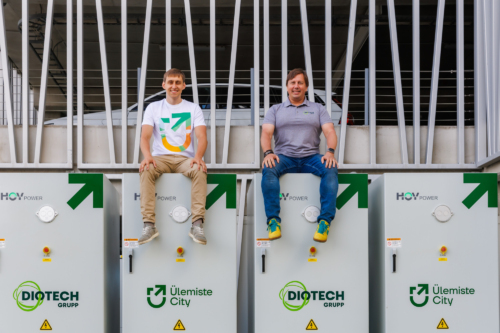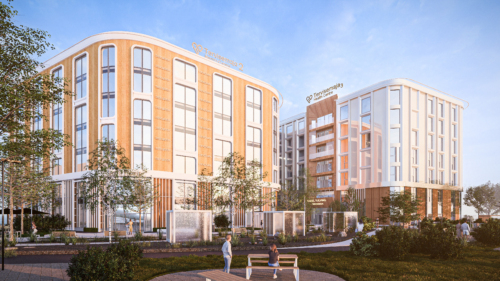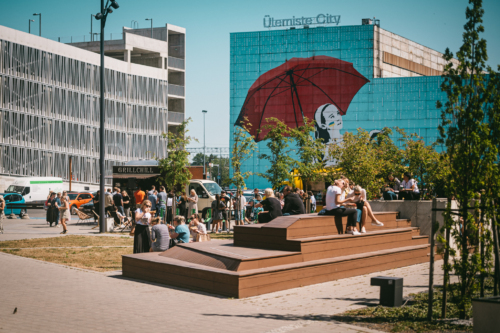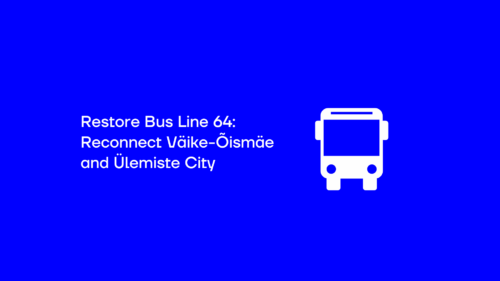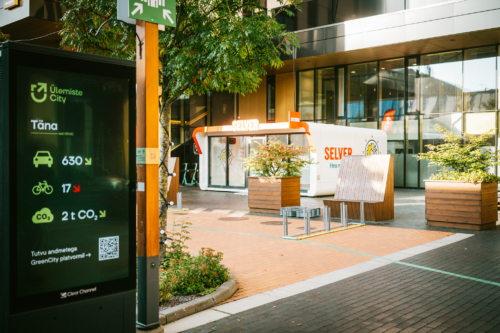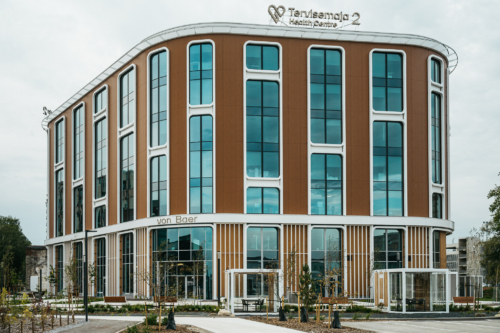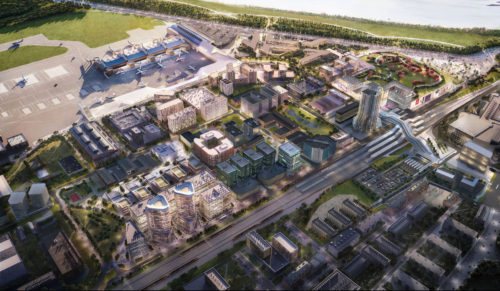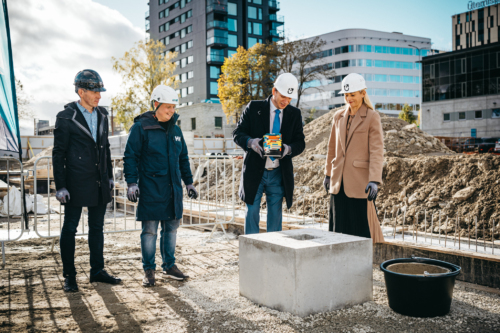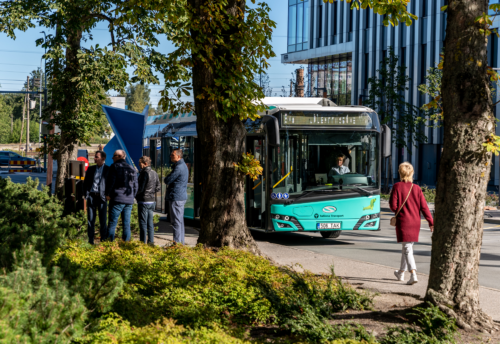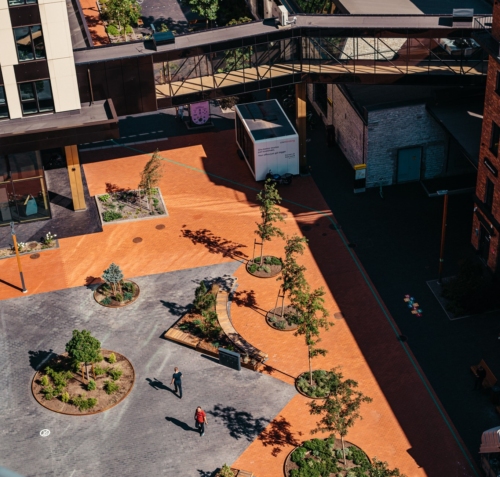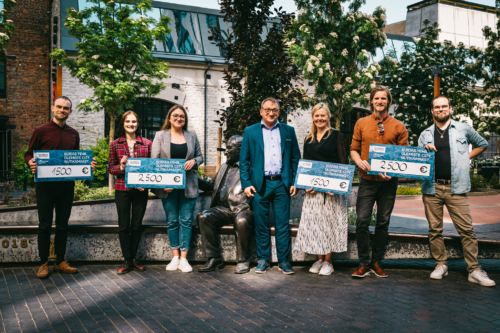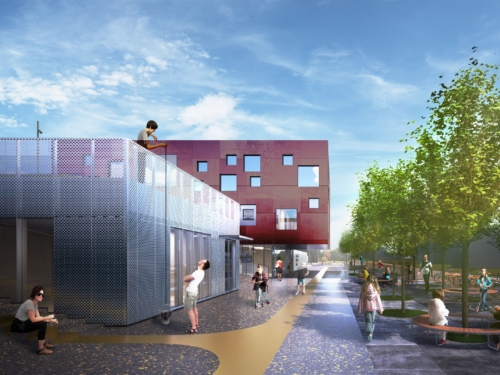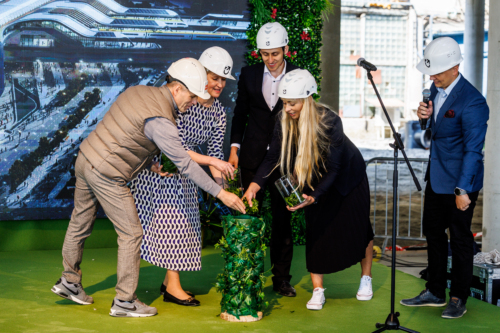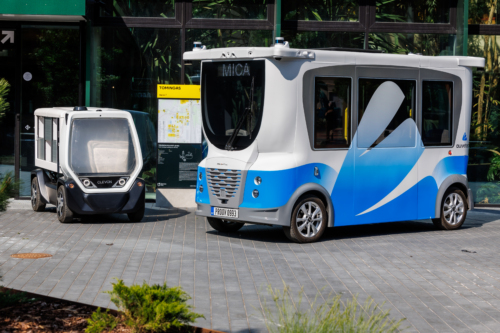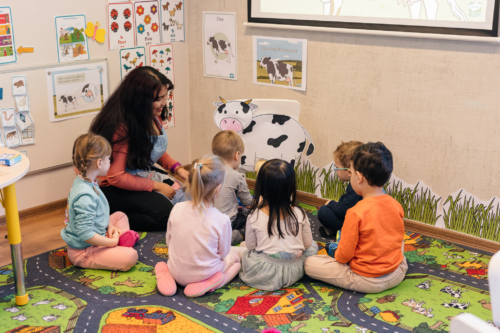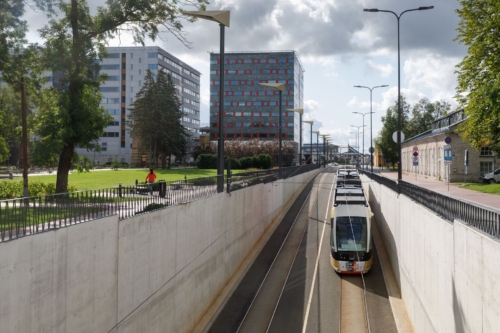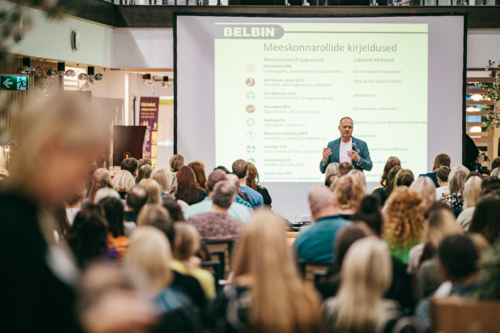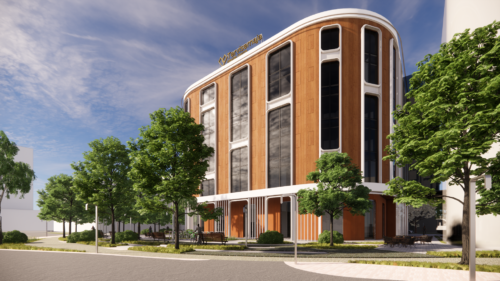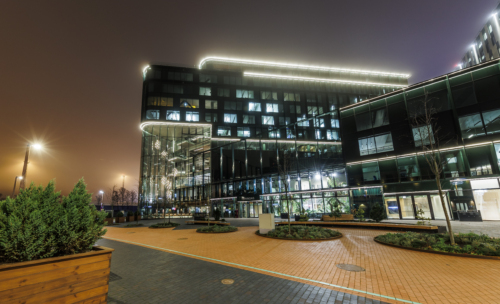Estonian Researchers Create a Unique Dashboard for Urban Environment Development
The University of Tartu and the Estonian Entrepreneurship University of Applied Sciences (EUAS) have developed Radar, a tool for urban environment development that can collect data on a specific area in five different areas.
The unique metric in the world is currently used by Ülemiste City to strategically plan the future of the city using the collected data. The idea of studying the economy of Ülemiste was first proposed by Ülo Pärnits in 2015, but the final version of Radar was only completed this year.
“Ülo Pärnits had the idea that Ülemiste City should investigate how local companies are doing and whether the environment here helps them to do better than their sector in Estonia as a whole,” said Kadi Pärnits, the chairman of the board of Mainor, under whose leadership the final version of Radar was developed. It is used to assess whether the strategic goals set for a certain period have been achieved. “Radar is a modular data-based tool that consists of more than 300 KPIs, or key indicators, which are used to collect data on five important areas for the city: economy, environment, services, knowledge and community,” explained Pärnits.
For example, the economic results show that Ülemiste City is the third economic city in Estonia after Tallinn and Tartu. While Tallinn’s business sector’s labor taxes accounted for 53.9% in 2024 and Tartu’s for 6.1%, Ülemiste City’s accounted for 4.2% of total revenue. Pärnu is fourth on the list with 2.4%.
In the environmental field, it can be seen, among other things, that the LEED (Leadership in Energy and Environmental Design) certified buildings on the campus consume up to 11% less water, which means 3.2 million liters of water saved per year, which is the drinking water consumption of 40,000 people per day.
The Radar also shows that more than 70% of the campus’s 18,000 employees have a higher education and 24% have a research degree. In addition, metrics are used to monitor the performance of companies operating in the ICT sector to develop the campus in the direction that would support the growth of IT companies. In terms of the environment, people’s use of green spaces is also reviewed, and decisions are made on their development and expansion based on this.
The first Radar, which measured only economic results, gave its first results already in 2016, but Radar is now increasingly used as a development tool for the growth environment of the urban ecosystem. This is for setting and monitoring strategic, sectoral, and annual goals.
Researchers from the University of Tartu and Mainor have also helped develop the Radar methodology.
“The Radar methodology and solutions are suitable for implementation also in other business campuses as well as local governments. We can already see additional use cases opening up soon in connection with the creation of new tools, the expansion of the comparison base, the addition of data quantity and quality, and the application of artificial intelligence,” said Tauno Õunapuu, a researcher at the Mainor College. In his opinion, the information obtained from Radar is valuable for the developers of the campus, the companies operating there, and all interested parties.
The University of Tartu helped Radar create a system for measuring community activity and mutual benefits. They have also created a model for measuring the brand value of the campus. According to Marko Uibu, associate professor of social innovation at the university, a community is made up of smart people, and understanding their needs and expectations is the basis for developing a business campus. “Ülemiste City is a good example of how understanding the needs of the community helps talents grow social capital and increase the value of the region,” he explained.
Discover Radar (click on the picture) ↓
